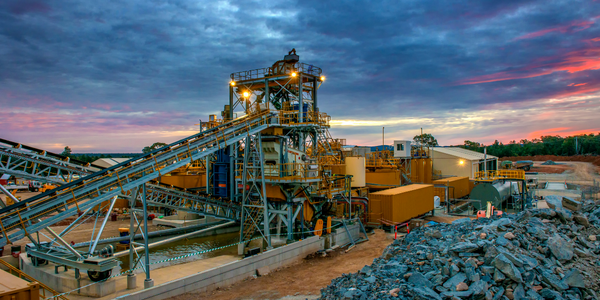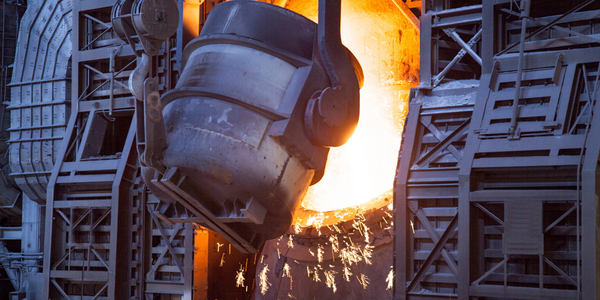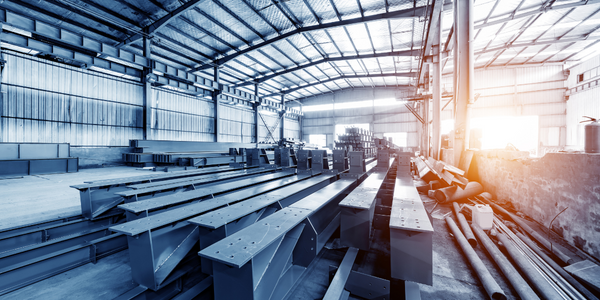公司规模
Large Corporate
地区
- America
国家
- Canada
- United States
产品
- SINAI Low Carbon Scenarios module
技术栈
- Decarbonization Modeling
- Public, Industry-Specific Databases
实施规模
- Enterprise-wide Deployment
影响指标
- Environmental Impact Reduction
- Cost Savings
- Innovation Output
技术
- 分析与建模 - 预测分析
- 分析与建模 - 大数据分析
适用行业
- 金属
- 金融与保险
适用功能
- 商业运营
服务
- 数据科学服务
- 系统集成
关于客户
The Bank of Montreal (BMO) is a large corporate financial institution committed to supporting sustainable financing and impact investing. As part of its climate ambition, BMO aims to be a lead partner for its clients in the transition to a net-zero world. The bank is focused on identifying opportunities for its portfolio companies to reduce emissions and support sustainable practices. BMO's collaboration with SINAI reflects its dedication to addressing climate change and its impact on the global economy, particularly in the iron and steel sector, which is a significant contributor to carbon emissions.
挑战
The steel industry is one of the largest industrial emitters of carbon dioxide globally, posing a significant challenge in the transition to a net-zero world. BMO, committed to supporting sustainable financing and impact investing, collaborated with SINAI to analyze decarbonization opportunities in the iron and steel sector in North America. The challenge was to assess the technological and commercial viability for the sector to achieve net zero, given its importance in the global economy. The results of this analysis were crucial for BMO's climate ambition to be a lead partner in the transition to a net-zero world.
解决方案
SINAI's Climate Team utilized public, industry-specific databases to model mitigation opportunities for the iron and steel sector. The team developed a North America decarbonization scenario using regional trends, focusing on project-level financial and environmental impacts. SINAI's Low Carbon Scenarios module allowed for detailed modeling of cost and abatement estimates of key mitigation options. This enabled BMO to understand the impacts of these projects and the financial investment required for implementation. The partnership demonstrated how financial institutions can work with technology companies to identify solutions that mitigate climate change impacts for portfolio companies.
运营影响

Case Study missing?
Start adding your own!
Register with your work email and create a new case study profile for your business.
相关案例.

Case Study
Goldcorp: Internet of Things Enables the Mine of the Future
Goldcorp is committed to responsible mining practices and maintaining maximum safety for its workers. At the same time, the firm is constantly exploring ways to improve the efficiency of its operations, extend the life of its assets, and control costs. Goldcorp needed technology that can maximize production efficiency by tracking all mining operations, keep employees safe with remote operations and monitoring of hazardous work areas and control production costs through better asset and site management.

Case Study
KSP Steel Decentralized Control Room
While on-site in Pavlodar, Kazakhstan, the DAQRI team of Business Development and Solutions Architecture personnel worked closely with KSP Steel’s production leadership to understand the steel production process, operational challenges, and worker pain points.

Case Study
Bluescope Steel on Path to Digitally Transform Operations and IT
Increasing competition and fluctuations in the construction market prompted BlueScope Steel to look toward digital transformation of its four businesses, including modern core applications and IT infrastructure. BlueScope needed to modernize its infrastructure and adopt new technologies to improve operations and supply chain efficiency while maintaining and updating an aging application portfolio.

Case Study
RobotStudio Case Study: Benteler Automobiltechnik
Benteler has a small pipe business area for which they produce fuel lines and coolant lines made of aluminum for Porsche and other car manufacturers. One of the problems in production was that when Benteler added new products, production had too much downtime.

Case Study
Continuous Casting Machines in a Steel Factory
With a very broad range of applications, steel is an important material and has been developed into the most extensive alloy in the engineering world. Since delivering high quality is absolutely crucial for steel plants, ensuring maximum productivity and the best quality production are the keys to competitiveness in the steel industry. Additionally, working conditions in steel factories are not suitable for workers to stay in for long periods of time, so manufactures usually adopt various machines to complete the steel production processes. However, the precision of these machines is often overestimated and the lack of flexibility also makes supervisors unable to adjust operating procedures. A renowned steel factory in Asia planned to improve its Distributed Control System (DCS) of furnaces as well as addressing the problem of insufficient accuracy. However, most well-known international equipment suppliers can not provide a satisfactory solution and local maintenance because the project needed new technologies to more accurately control equipment operations. By implementing Advantech’s automated monitoring and control solution, steel factories can not only improve the manufacturing processes but can also allow users to add additional functions to the existing system so as to make sure the operation runs at high efficiency.

Case Study
Automated Predicitive Analytics For Steel/Metals Industry
Asset to be monitored: Wire Compactor that produces Steel RebarCustomer Faced The Following Challenges:Dependent upon machine uptime.Pressure cylinders within the compactor fail to control compression and speed causing problems in binding the coil.Equipment failure occurs in the final stage of production causing the entire line to stop, can you say bottleneck?Critical asset unequipped with sensors to produce data.







